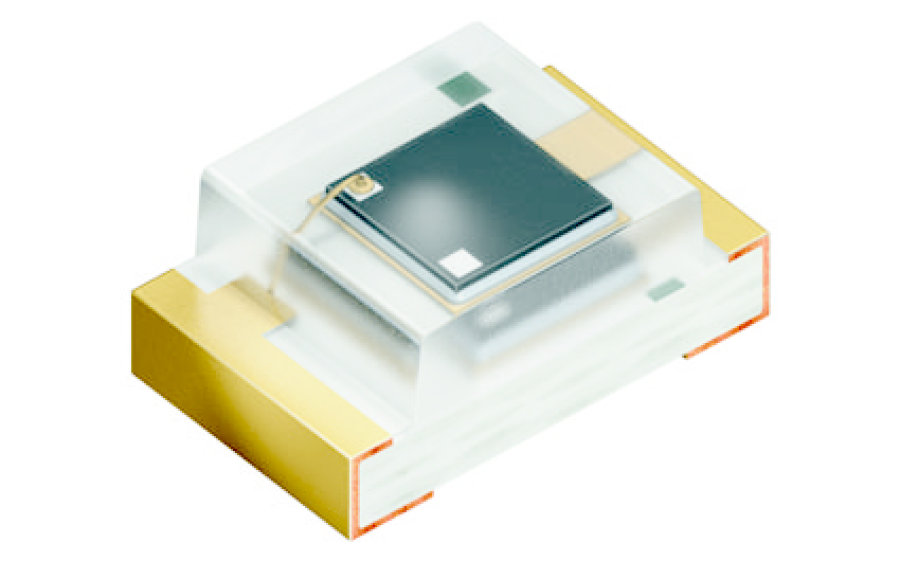

Contents lists available at SciVerse ScienceDirect Furthermore simulations of the electric field strength and space-charge regions were done. Due to the speed optimized design and the layer structure of the phototransistors, bandwidths up to 76.9MHz and dynamic responsivities up to 2.89A/W were achieved. Optical DC and AC measurements at 410nm, 675nm and 850nm were done for phototransistor characterization. The three presented phototransistors were implemented in sizes of 40×40μm2 and 100×100μm2.

For a further increase of the bandwidth the presented phototransistors were designed with small emitter areas resulting in a small base-emitter capacitance. This low doped p epitaxial layer leads to a thick space-charge region between base and collector and thus to a high −3dB bandwidth at low collector–emitter voltages. The starting wafer consists of a low doped p epitaxial layer on top of the p substrate. This work reports on three speed optimized pnp bipolar phototransistors build in a standard 180nm CMOS process using a special starting wafer. “It shows the capabilities of high-sensitivity photodetection and stable performance under bending conditions, which have never been achieved at the same time.Abstract of research paper on Physical sciences, author of scientific article - P. “This demonstration shows great potential in high-performance and flexible photodetection systems,” said Ma, in the press release.

It is the combination of the device’s high sensitivity and flexibility that are unique in a phototransistor. “In this structure-unlike other photodetectors-light absorption in an ultrathin silicon layer can be much more efficient because light is not blocked by any metal layers or other materials,” said Zhenqiang “Jack” Ma, a professor at UW-Madison, in a press release. They simply placed electrodes under the nanomembrane layer both the electrodes and the metal layer serve as reflectors. This arrangement allowed the researchers to boost the light absorption capabilities of the phototransistor without the need of an external amplifier. The researchers used a technique known as “flip-transfer” in which they essentially flip the nanomembrane onto a reflective metal layer. In research published in the journal Advanced Optical Materials, the silicon nanomembrane is used as the top layer of the phototransistor it enables full exposure of the active region of the device to any light. In a digital camera, for example, it could result in a thinner lens that would capture images faster and yield higher quality still photos and videos. The flexible phototransistor could be incorporated into a wide range of applications. They claim that this phototransistor is the fastest and most flexible one ever produced. Researchers at the University of Wisconsin-Madison (UW-Madison) have developed a flexible phototransistor based on single-crystalline silicon nanomembranes (Si NM).


 0 kommentar(er)
0 kommentar(er)
